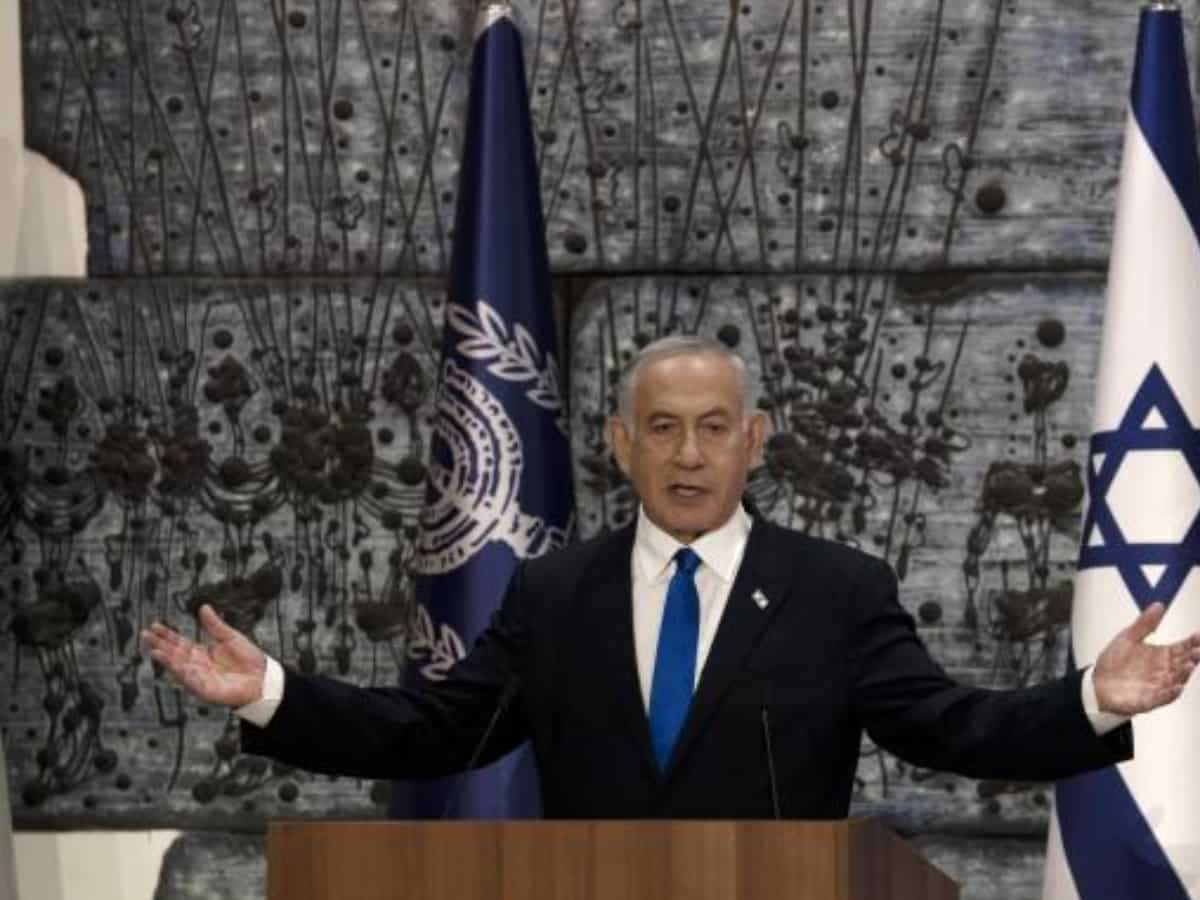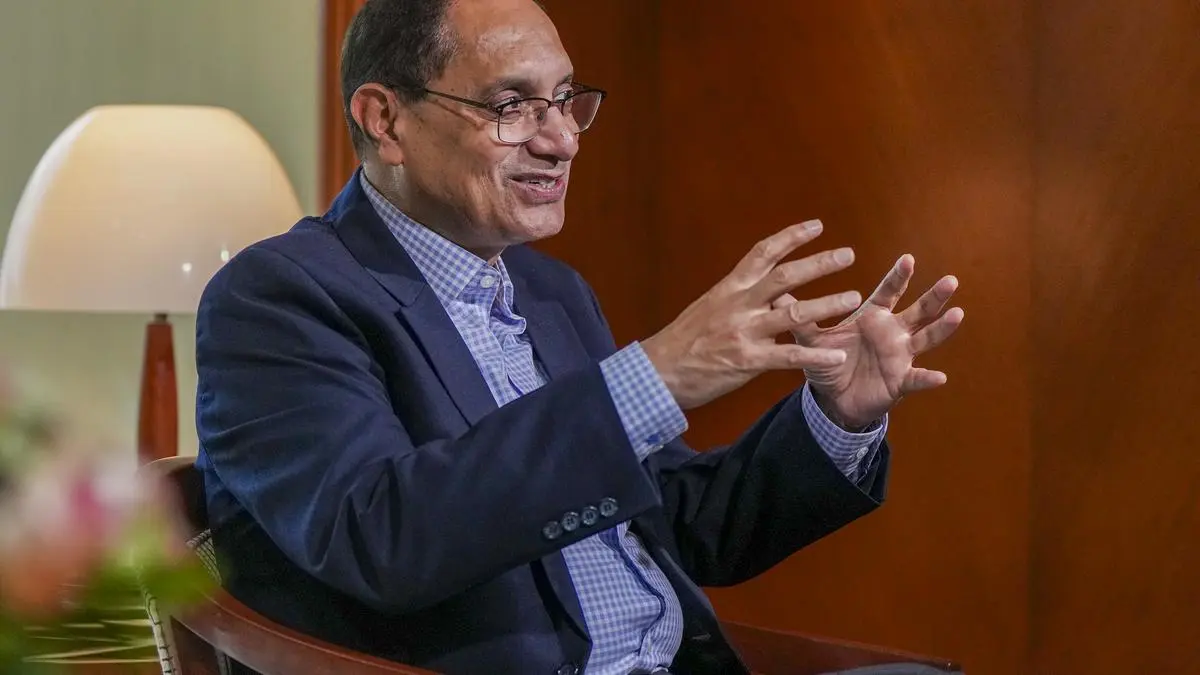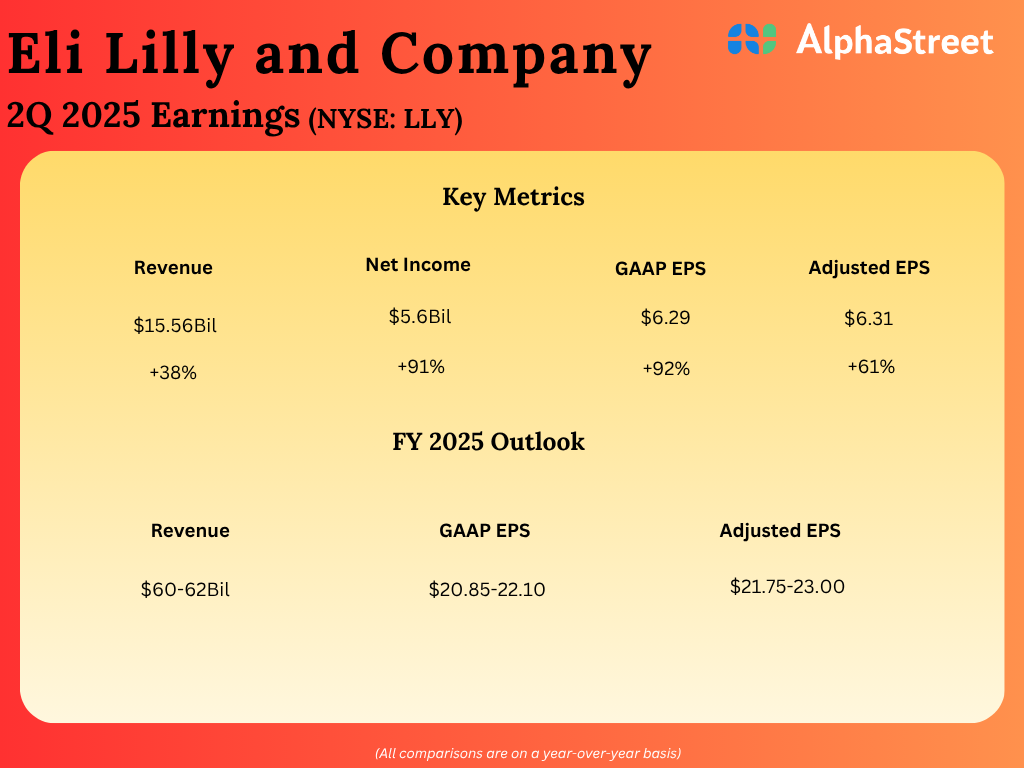Once finalised, the $2 billion investment will be among the largest financial services sector deals involving lenders of the two countries.
It will also unlock value for parent HDFC Bank, India’s largest bank by market capitalisation, which has been dealing with synergy issues following the $60 billion merger with housing loan parent company HDFC Ltd.
The final decision on the proposed investment is likely to take place next week during HDFC Bank’s board meeting.
The lending unit, which has been categorised as one of the 16 “upper-layer” non-banking finance companies (NBFCs) by the central bank that are subject to greater regulatory scrutiny, has also been preparing for a much-anticipated initial public offering (IPO). This is set for the last quarter of calendar 2024 or the first quarter of 2025 and will make it the first subsidiary to be listed after the merger. This is in line with Reserve Bank of India (RBI) regulations that require it to list before September 2025. Before the merger, HDFC Asset Management Co. and HDFC Life, belonging to the erstwhile HDFC Ltd, were the last subsidiaries to be listed. On January 17, HDFC Bank’s CFO Srinivasan Vaidyanathan had said preparatory work on the IPO would begin shortly.
The MUFG transaction will also set a valuation benchmark, said analysts who track the space. The Japanese company may be given the option to hike its stake in HDB subsequently, added one of the persons. It’s likely to get a board seat as well. The final negotiations over rights and disclosures before the listing exercise are being worked out.
Will Shore up Pre-IPO Capital
HDFC Bank owns around 94.7% of the shadow bank and employees own 5.3% as stock options. The discussions have been ongoing for at least two years but gathered momentum in the last few weeks.
MUFG declined to comment. HDFC Bank did not respond to ET’s queries.
ET broke the story online on Friday. Shares of HDFC Bank, which closed in the red, recouped some of the morning losses after the news about the deal talks became public. It closed at Rs 1,518.90, down 1.1%, on the BSE Friday.
A non-deposit-taking lender and one of the larger players in the retail financing space, HDB Financial offers personal, business, home, auto loans and loans against property among others to 14.6 million customers through a network of 1,618 branches in 1,125 cities as of December-end. It posted profit after tax of Rs 1,168 crore on total income of Rs 4,671 crore in the first half of fiscal 2024.
As of March 31, 2023, total revenue from operations amounted to Rs 12,403 crore, with profit after tax at Rs 1,959 crore.
Assets under management (AUM) rose to Rs 83,989 crore as of December 31, 2023, from Rs 70,084 crore on March 31, 2023, and Rs 61,444 crore on March 31, 2022. Its capitalisation remains healthy, as reflected in overall capital adequacy of 17.99% on December 31, 2023. Reported net worth stood at Rs 11,952 crore on December 31, 2023, against Rs 11,437 crore on March 31, 2023.
The cushion for asset-side risks was adequate, as reflected in net worth coverage for net non-performing assets (NPAs) at around 20 times on December 31, 2023, Crisil said in a note. Gross NPAs were at 2.38% at the end of September 2023.
Banking sector analysts said MUFG’s proposed investment in HDB Financial Services will play a significant role in shoring up pre-IPO capital for HDFC Bank. Since the merger in July 2023, the combined entity has faced pressure on margins as the amalgamation with the erstwhile NBFC has brought in a much higher degree of debt in the liability mix. Amid higher interest rates and the RBI’s calibrated withdrawal of liquidity from the banking system, the greater skew towards borrowings has exerted pressure on margins.
The firm was originally slated for a stock market debut almost five years ago, then unsuccessfully sought to induct a strategic investor.
Sluggish growth in Japan has led some of its biggest lenders and financial services groups to seek inorganic growth opportunities across Asia. MUFG, Japan’s largest lender, backed Morgan Stanley at the height of the global financial crisis in 2008 with a $9 billion investment and owns 22% of the Wall Street investment bank. It’s been ramping up operations in India.
A go-to lender for top Indian corporates, it opened a branch in the Gujarat International Finance Tec-City in 2022. It has been expanding offerings beyond wholesale lending, project finance and bond issuances as well as promoter and M&A financing.






































